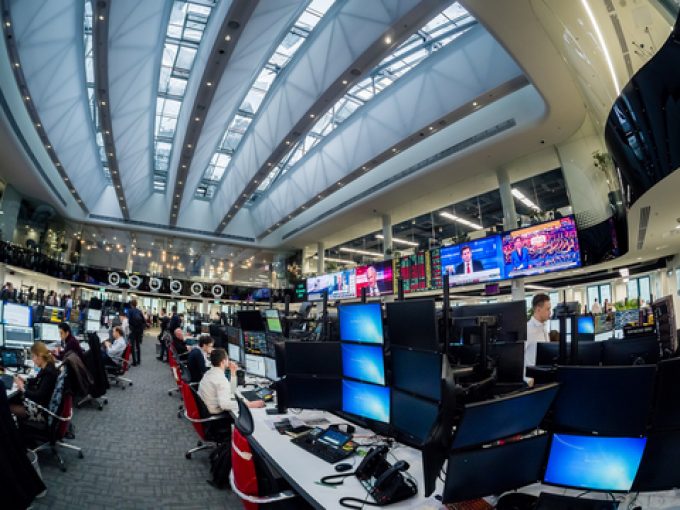UK eyes expanding its ETS to deepsea shipping – closing EU loophole
A loophole allowing ocean carriers to dodge ETS charges via a port call in the ...

Maritime stakeholders operating under the EU ETS could be tempted to stock up on EUAs when the auction price is low, and even trade them for profit – but it could be a risky strategy.
The EU Emissions Trading System came into effect on 1 ...

Comment on this article